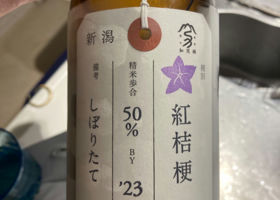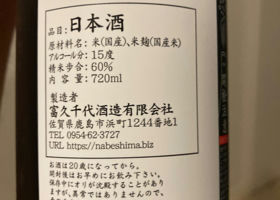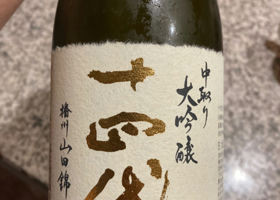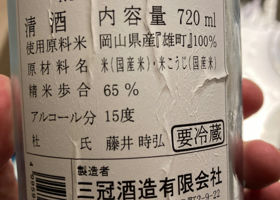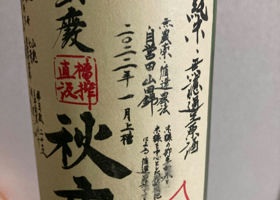Nagurayama純米吟醸 Code-N 生詰【流 -ながる-】


ゆーまん
What is Code-N?
This series is based on the concept of continuing to produce "Nectar" in pursuit of "clean sweetness".
The name "Code-N" is derived from the initial letter "N" of "Nagurayama" and the "N" of "Nagisa," which is an image of summer, and from the fact that all key words are made up of "N.
Nagurayama's seasonal products are developed based on this "N" symbol.
----------------------------------------------------
Junmai Ginjo Nama-zume "Nagare", like Nama-zume "Nagisa", is made with a Daiginjo-class (45%) milling ratio of koji rice, resulting in a more beautiful sake quality and expressing a "clean sweetness" with a higher quality.
It is also aged at -5°C to bring out the umami and sweetness of the rice, as well as the full-bodied flavor of the rice, while maintaining a moderate sense of freshness. You can enjoy the juicy sweetness unique to Nagurayama even more.
Japanese>English
